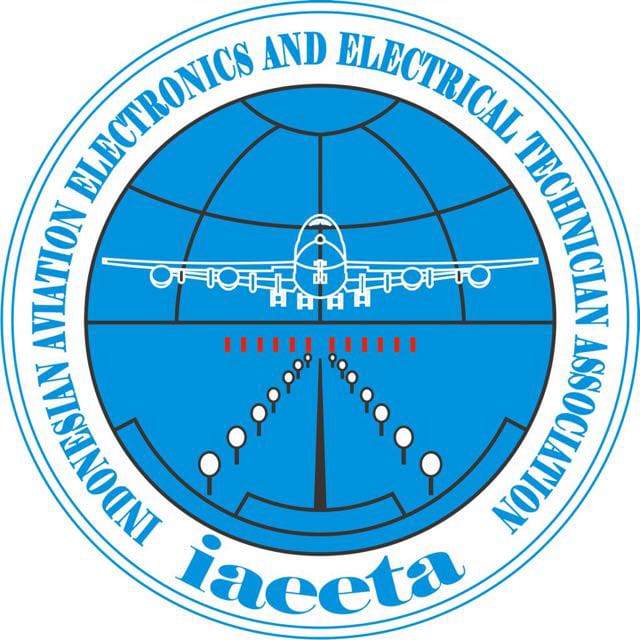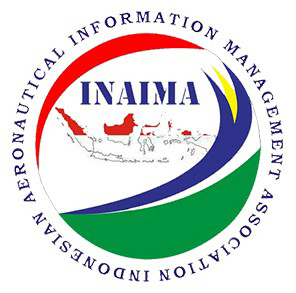Apakah Aktivitas Ketarunaan Mempengaruhi Performa Terbang Malam?
Abstract
Night flying training is one of the training stages that pilot cadets must take. Night flying training is full of risks because apart from dark conditions, pilot cadets also carry out activities all day long, and the possibility of fatigue and tiredness is greater. This research aims to measure the night flying performance of pilot cadets by using cadet activities as the independent variable. Fatigue is also used as an intervening variable in this research so that it can provide a complete image of night flying performance. This research uses quantitative methods with SEM-PLS analysis using the SmartPLS3 application. The research results showed that cadet activity had an influence on night flying performance while fatigue had no influence on night flying performance. Meanwhile, cadet activities do not have an influence on fatigue of pilot cadets
Downloads
References
Ayiei, A., Murray, J., & Wild, G. (2020). Visual flight into instrument meteorological condition: A post accident analysis. Safety, 6(2). https://doi.org/10.3390/safety6020019
Bagozzi, R. P., & Yi, Y. (2012). Specification, evaluation, and interpretation of structural equation models. Journal of the Academy of Marketing Science, 40(1), 8–34. https://doi.org/10.1007/s11747-011-0278-x
Bendak, S., & Rashid, H. S. J. (2020). Fatigue in aviation: A systematic review of the literature. In International Journal of Industrial Ergonomics (Vol. 76). Elsevier B.V. https://doi.org/10.1016/j.ergon.2020.102928
Caldwell, J. A. (2005). Fatigue in aviation. Travel Medicine and Infectious Disease, 3(2), 85–96. https://doi.org/10.1016/j.tmaid.2004.07.008
Caldwell, J. A., Mallis, M. M., Caldwell, J. L., Paul, M. A., Miller, J. C., & Neri, D. F. (2009). Fatigue countermeasures in aviation. In Aviation Space and Environmental Medicine (Vol. 80, Issue 1, pp. 29–59). https://doi.org/10.3357/ASEM.2435.2009
Casner, S. M., Geven, R. W., & Williams, K. T. (2013). The effectiveness of airline pilot training for abnormal events. Human Factors, 55(3), 477–485. https://doi.org/10.1177/0018720812466893
Chlebek, J. (2019). Runway lighting systems as a key tool to extend operational capabilities of VFR airports. Transportation Research Procedia, 43, 236–242. https://doi.org/10.1016/j.trpro.2019.12.038
GÖKER, Z. (2018). Fatigue in The Aviation: An Overview of The Measurements and Countermeasures. Journal of Aviation, 2(2), 185–194. https://doi.org/10.30518/jav.451741
Hair, J. F., Hult, G. T. M., Ringle, C. M., Sarstedt, M., & Thiele, K. O. (2017). Mirror, mirror on the wall: a comparative evaluation of composite-based structural equation modeling methods. Journal of the Academy of Marketing Science, 45(5), 616–632. https://doi.org/10.1007/s11747-017-0517-x
Hair, J. F., Page, M., & Brunsveld, N. (2020). Essentials of Business Research Methods; Fourth Edition.
Hair, J. F., Risher, J. J., Sarstedt, M., & Ringle, C. M. (2019). When to use and how to report the results of PLS-SEM. In European Business Review (Vol. 31, Issue 1, pp. 2–24). Emerald Group Publishing Ltd. https://doi.org/10.1108/EBR-11-2018-0203
Henseler, J., Ringle, C. M., & Sarstedt, M. (2015). A new criterion for assessing discriminant validity in variance-based structural equation modeling. Journal of the Academy of Marketing Science, 43(1), 115–135. https://doi.org/10.1007/s11747-014-0403-8
Jung, M., Saad, W., & Kong, G. (2021). Performance Analysis of Active Large Intelligent Surfaces (LISs): Uplink Spectral Efficiency and Pilot Training. IEEE Transactions on Communications, 69(5), 3379–3394. https://doi.org/10.1109/TCOMM.2021.3056532
Karauwan, R., Lengkong, V. P. K., & Mintardjo, C. (2015). Pengaruh etos kerja. In budaya… 1196 Jurnal EMBA (Vol. 3, Issue 3).
Lindner, T., Puck, J., & Verbeke, A. (2020). Misconceptions about multicollinearity in international business research: Identification, consequences, and remedies. In Journal of International Business Studies (Vol. 51, Issue 3, pp. 283–298). Palgrave Macmillan Ltd. https://doi.org/10.1057/s41267-019-00257-1
Mak-Hau, V., Hill, B., Kirszenblat, D., Moran, B., Nguyen, V., & Novak, A. (2021). A simultaneous sequencing and allocation problem for military pilot training: Integer programming approaches. Computers and Industrial Engineering, 154. https://doi.org/10.1016/j.cie.2021.107161
P. Obite, C., P. Olewuezi, N., U. Ugwuanyim, G., & C. Bartholomew, D. (2020). Multicollinearity Effect in Regression Analysis: A Feed Forward Artificial Neural Network Approach. Asian Journal of Probability and Statistics, 22–33. https://doi.org/10.9734/ajpas/2020/v6i130151
Kurniawan, Y., & Kurniawan, B. (2018). Hubungan pengetahuan, kelelahan, beban kerja fisik, postur tubuh saat bekerja dan sikap penggunaan APD dengan kejadian kecelakaan kerja. Jurnal Kesehatan Masyarakat, 6, 393–401. http://ejournal3.undip.ac.id/index.php/jkm
Purwanto, E., Hidayat, H., & Pronoto, E. (2018). Tingkat Kelelahan (Fatigue) Pada Pengemudi Bus Rapid Transit (BRT) Trans Semarang dan Trans Jateng. Jurnal Keselamatan Transportasi Jalan, 53–64.
Rachmawati, W., Djum, D., Benty, N., & Sumarsono, R. B. (2018). BUDAYA SEKOLAH BERBASIS KETARUNAAN DALAM PEMBENTUKAN KARAKTER PESERTA DIDIK. In JAMP: Jurnal Adminitrasi dan Manajemen Pendidikan (Vol. 1). http://journal2.um.ac.id/index.php/jamp/
Ringle, C. M., Wende, S., and Becker, J.-M. (2015). "SmartPLS 3." Boenningstedt: SmartPLS GmbH, http://www.smartpls.com.
Saputra, A. D. (2020). Pengaruh Waktu Terbang (Phases of Time) Terhadap Beban Kerja Mental Pilot Pesawat Terbang Ditinjau Dari Perbedaan Jenis Kelamin Pilot. Warta Penelitian Perhubungan, 32(2). https://doi.org/10.25104/warlit.v32i2.1508
Schaffernak, H., Moesl, B., Vorraber, W., Holy, M., Herzog, E. M., Novak, R., & Koglbauer, I. V. (2022). Novel Mixed Reality Use Cases for Pilot Training. Education Sciences, 12(5). https://doi.org/10.3390/educsci12050345
Staack, I., & Krus, P. (2019). Sustainable aerospace innovation in a globalised world. Aerospace Technology Congress. https://doi.org/10.3384/ecp19162
Stanko, Ľ., Sabo, J., Sekelová, M., & Rozenberg, R. (2017). Methodology of VFR night flying. MAD - Magazine of Aviation Development, 5(1), 26–30. https://doi.org/10.14311/mad.2017.01.05
Weaving, D., Jones, B., Ireton, M., Whitehead, S., Till, K., & Beggs, C. B. (2019). Overcoming the problem of multicollinearity in sports performance data: A novel application of partial least squares correlation analysis. PLoS ONE, 14(2). https://doi.org/10.1371/journal.pone.0211776
Wondola, D. W., Aulele, S. N., & Lembang, F. K. (2020). Partial Least Square (PLS) Method of Addressing Multicollinearity Problems in Multiple Linear Regressions (Case Studies: Cost of electricity bills and factors affecting it). Journal of Physics: Conference Series, 1463(1). https://doi.org/10.1088/1742-6596/1463/1/012006
Copyright (c) 2024 Agung Wahyu Wicaksono, Satrio Arif Fathurrohman, M. Arief Rachman

This work is licensed under a Creative Commons Attribution-NonCommercial-NoDerivatives 4.0 International License.



.png)


1.png)
.png)












